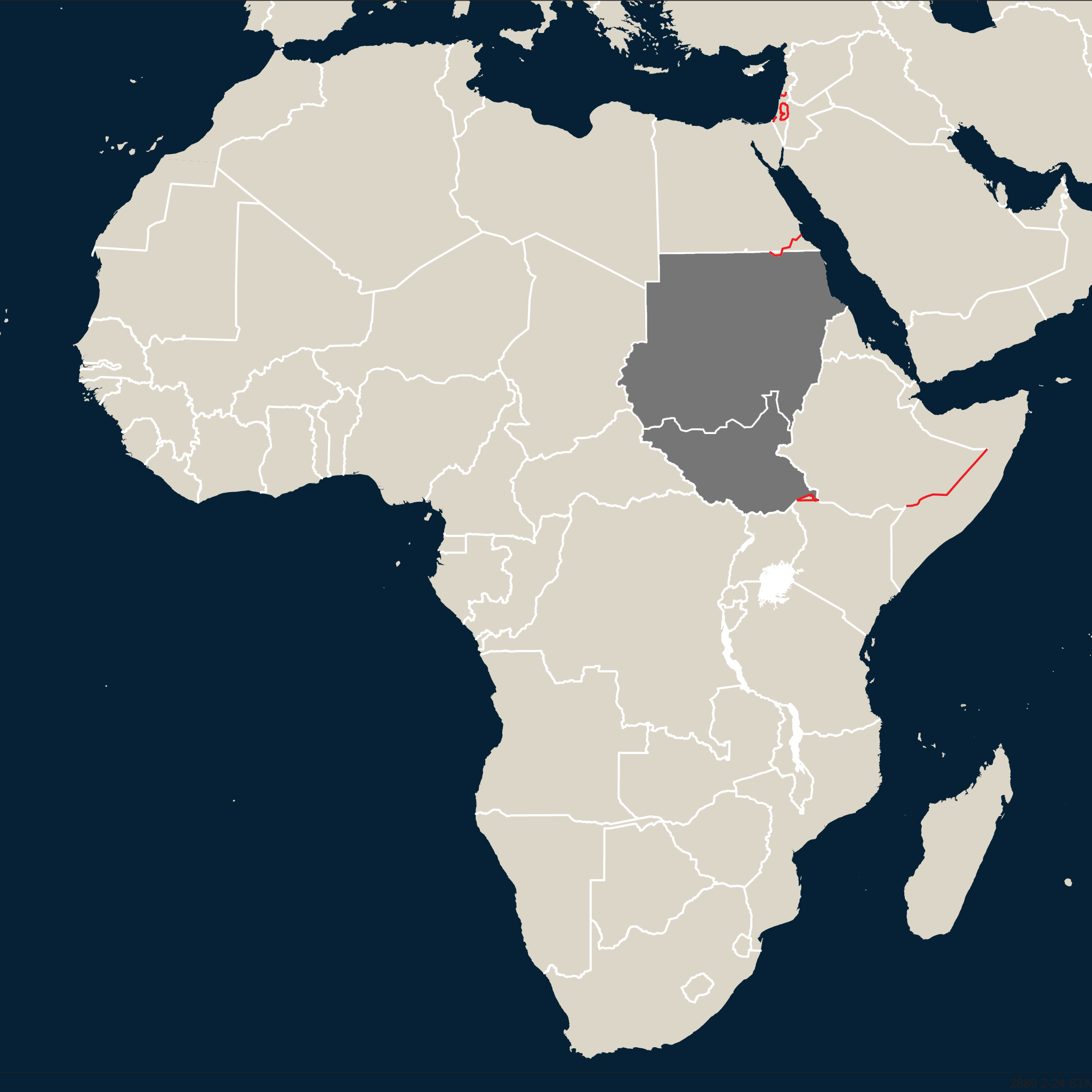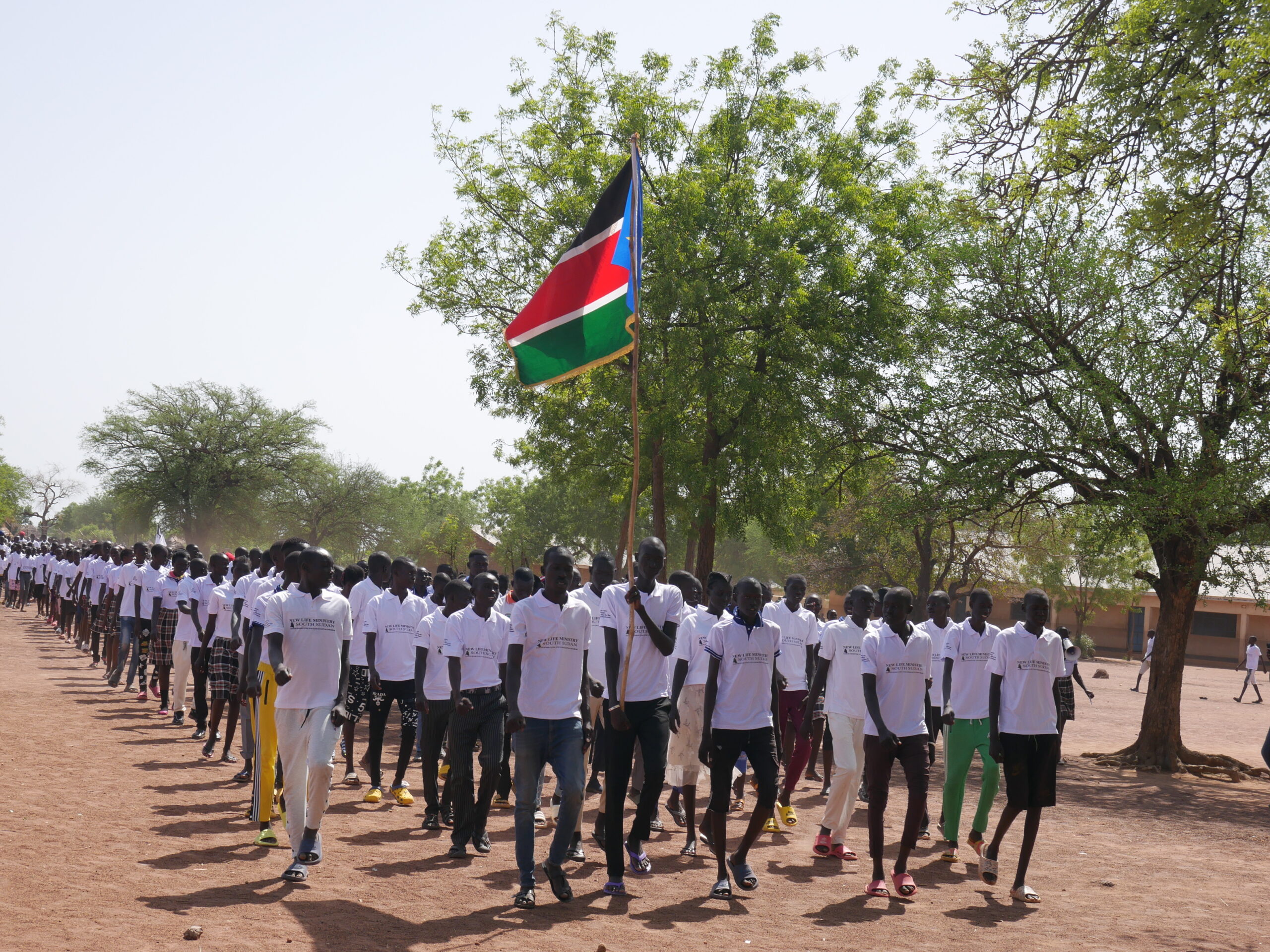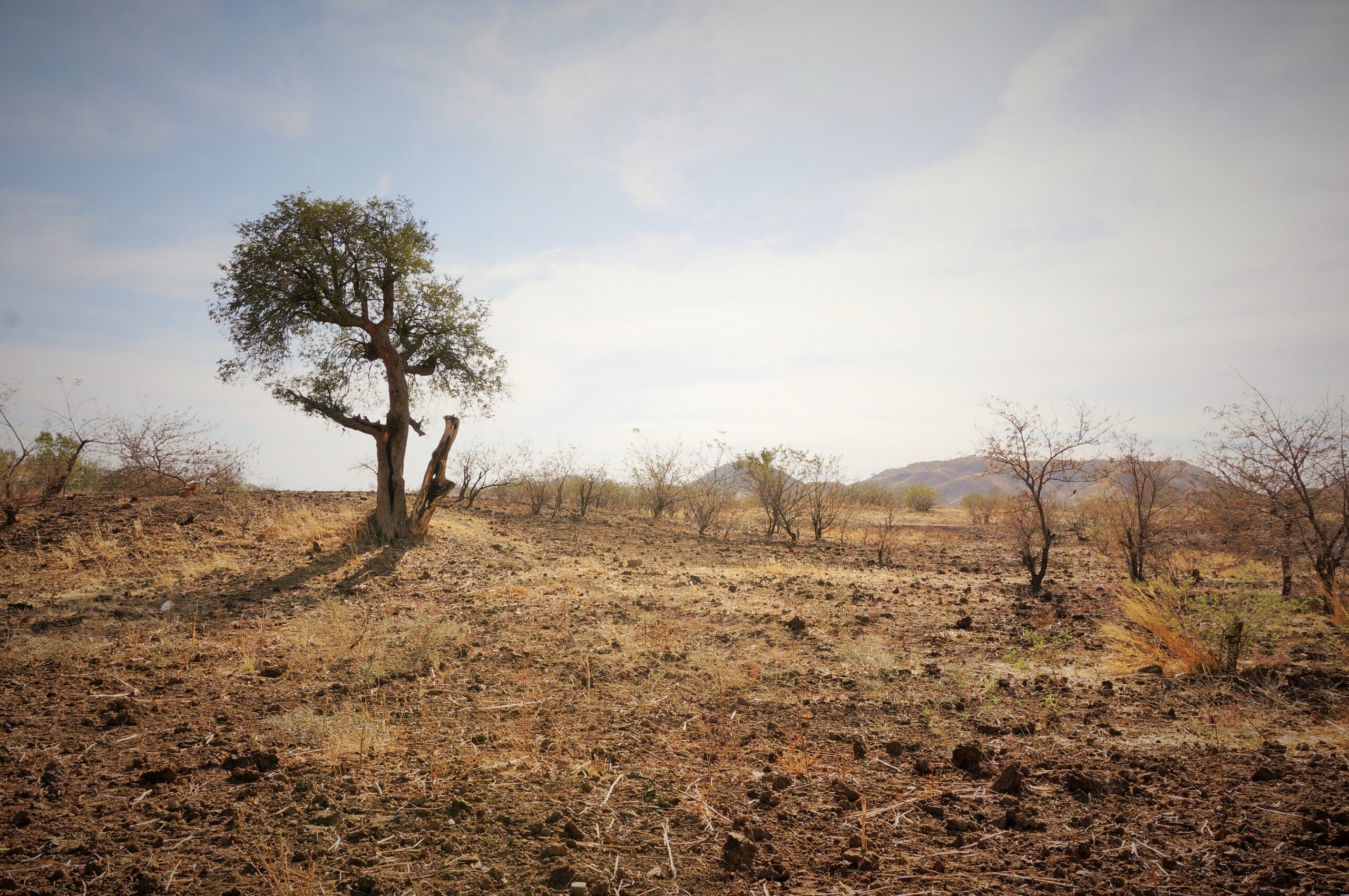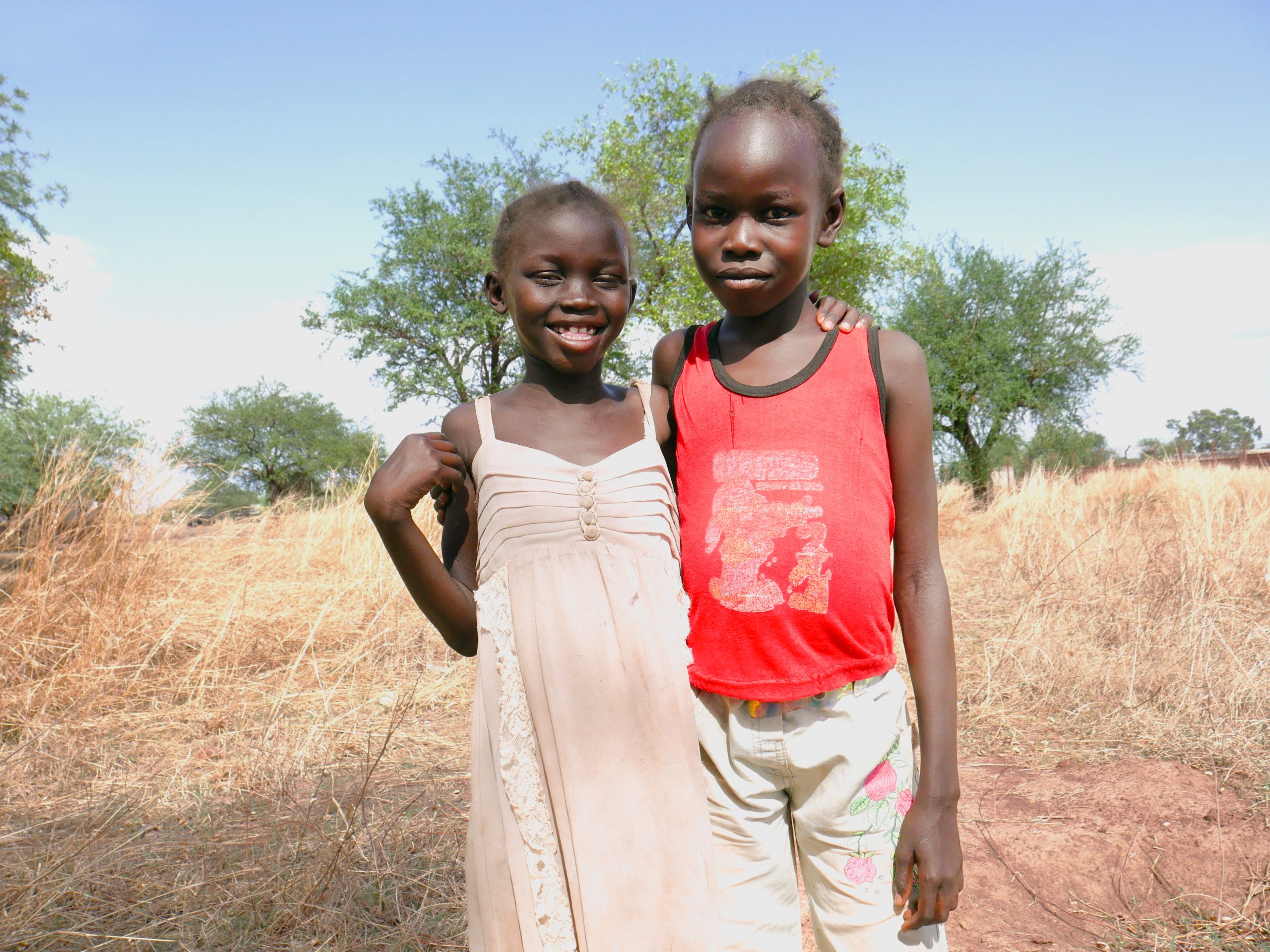The Republics of Sudan and South Sudan share a diverse, tumultuous, and devastating history that has led to hard-fought independence, over 5 decades of humanitarian crises, and the oppression of indigenous peoples. Lift Up the Vulnerable (LUV)’s leaders began working in Sudan in 2005, before Sudan was officially divided into the north and south by conflict, religious, and political upheavals. At the time it was the largest country on the African continent (nearly three times the size of Texas). It was also a nation that was home to the world’s most vulnerable children and women and where little to no other access to help was available.

Colonization and Division
Modern day Sudan is in North-Eastern Africa (between Chad, Libya, Egypt, and Eritrea bordering the Red Sea). Sudan was long referred to as Nubia and was previously the site of the Kingdom of Kerma (ca. 2500 – 1500 B.C.). After being absorbed into the New Kingdom of Egypt between 1550-1069 B.C., Arab nomads settled much of modern-day northern Sudan between the 14th and 15th centuries, resulting in widespread Islamization.
In the early 19th century, Sudan became occupied by Egyptian forces, and in 1899, a British-Egyptian government was established, effectively making Sudan a British colony. Sudan would later gain their independence in 1956. Post-independence, Islamic governance dominated national politics, with the northern region primarily following a strict observance of Sharia law. The government suppressed expressions of religious and cultural differences, and this led to the persecution of many Christians in the North and, later, to indigenous Muslims in Darfur who were not pure enough in the eyes of the devout.
Fighting for Independence: The New Republic of South Sudan
As the north struggled between military and civilian led governance, the south of Sudan was fighting back to preserve indigenous cultures, ideologies, jurisdiction, and land ownership.
During the majority of the second half of the 20th century, tensions between northern and southern regions of Sudan escalated into prolonged and costly civil wars. The majority non-Arab and non-Muslim southern region fought against the majority Arab and Muslim north — which held much of the power, resources, and access to international alliances.
The first civil war ended in 1972 before the eruption of another civil war beginning in 1983. Peace talks between North Sudan and its southern region saw promising progress between 2002 and 2004 resulting in the North/South Comprehensive Peace Agreement in 2005, granting the southern region autonomy for six years leading to a referendum for independence.

Darfur Genocide
While peace held tenuously between Sudan and South Sudan, the Sudanese militia groups like the Janjaweed (now known as the Rapid Support Forces), and Sudanese military (SAF) set their eyes on Darfur, a region of western Sudan. The conflict between the government militia and their joint terror with the RSF against the indigenous peoples of Darfur came to a head in 2003.
The SAF and RSF systematically torched villages, raped, looted, and tortured the indigenous peoples of Darfur, namely the Masalit, Fur, and Zaghawa. The government and the Arab Janjaweed militias targeted these ethnic groups with indiscriminate and intentional aerial bombardments, torching, and denial to humanitarian assistance.

It was during the height of the Darfur conflict, that LUV’s anti-trafficking work began to take root in a small village in Northern Bahr el Ghazal state (just along the border with southern Sudan). The mass displacement of survivors set free from trafficking in the north during the North/South Comprehensive Peace Agreement meant children, women, and men were returning south in mass to relocate to their villages of origin and reunite with any remaining family member they could find. At the same time, people were fleeing Darfur in the same southernly direction, further deepening the need for humanitarian assistance in already fragile communities.
In this region where ethnic cleansing has ebbed and flowed since 2003, the violence in 2024 in Darfur is only growing stronger. As of June 2024, Darfur is facing humanitarian and catastrophic human rights crisis.
The conflict has displaced millions of people, with over 10 million remaining in Sudan as of June 2024, making it also the world’s largest displacement crisis.
Challenges Within South Sudan
In 2011, South Sudan officially gained independence, becoming the world’s newest country.
Today’s Republic of South Sudan is in east-central Africa, south of Sudan, north of Uganda and Kenya, east of CAR and DRC, and west of Ethiopia. Religiously free, South Sudan is a refuge for several teachings (like animism and Islam) but primarily identifies as a Christian nation.
South Sudan is an incredibly diverse region home to Nilotic ethnolinguistic groups, people indigenous to the Nile Valley region, who settled during the 15th-19th centuries. Christian missionaries helped spread English and the teachings of Jesus throughout the area which increased tensions with the majority Islamic north.
Before gaining independence, southern Sudan was promised full political inclusion when Sudan gained their independence in 1956; however, the Arab government in Khartoum retrogressed their promises leading to civil war in 1955 to 1972 and again in 1983 to 2005. The civil wars that ravaged the country resulted in the death of 2.5 million people, the majority of whom were civilians. The second Sudanese Civil War, until recently, was one of the deadliest wars since WWII and completely shattered Sudanese society, communities, and families.
Profiteering from War
Unable to shake the scars of its past, South Sudan has been plagued by political conflict, corruption, and communal violence since gaining its independence in 2011. A viable and secure governing system has yet to be established due to the violence that erupted in 2013 between forces loyal to President Salva Kiir, a Dinka, and those loyal to Vice President Riek Machar, a Nuer — these two civil servants would later be exposed as profiteers from the chaos they propagated. Violence spread along ethnic lines, killing tens of thousands, and creating a major humanitarian crisis.
Kiir and Machar signed a peace agreement in 2015 creating a Transitional Government of National Unity implemented in 2016. Unfortunately, the separate Kiir and Machar aligned forces renewed fighting in Juba, once again dragging the country back into conflict and bringing in additional armed opposition groups. It was during this time that fighting between rival troops came to the gates of one of our anti-trafficking network locations in Eastern Equatoria state.
Thankfully, no child or team member was harmed and the forces moved away from the safe home, but the trauma scars from conflict continues to be a reality for children growing up in war. A “revitalized” peace agreement was signed in 2018 which brought a halt to much of the fighting and laid the groundwork for a unified national army, a transitional government, and the enactment of elections.
The transitional government was finally formed in 2020 when Machar returned to Juba as the first vice president; however, the peace agreement has been stalled due to continued fights over power. There has been an uptick in communal violence due to the rise in power grappling leading to a two-year extension of the transitional period that recently reached its mark in 2022. The ongoing conflict, difficult power dynamics, and political corruption have pushed elections even further back to the end of this year in 2024.

The Ones Left Behind: Abyei, Nuba Mountains, and Blue Nile

The border regions between Sudan and South Sudan, including Abyei, Nuba Mountains, and Blue Nile, have become battlegrounds involving the Rapid Support Forces (RSF), the Sudan Armed Forces (SAF), and the Sudan People’s Liberation Movement-North (SPLM-N). These regions, rich in oil, are valuable economic and political assets.
The RSF, initially part of the Government of Sudan, has grown into its own paramilitary organization and is accused of ethnic cleansing and attempts to incite a race war. The SAF and SPLM-N have fought against one another since 2011, and LUV responded to the growing need by expanding our work to the Nuba Mountains that same year. These forces have most recently formed an uneasy alliance against the RSF in the recent outbreak of violence decimating the nation of Sudan since April 2023, creating a dangerous situation for those in these regions.
The Forgotten War in Sudan
When war erupted in Sudan in 2023 between the RSF and SAF, the world largely turned a blind eye to the atrocities taking place. Over one year later, it is often referred to as the “forgotten war” due to its limited media coverage, prolonged nature, and the lack of significant geopolitical interest from powerful nations.
Compared to other global conflicts, the wars in Sudan, including the Darfur conflict and the Second Sudanese Civil War, have received relatively little attention from international news outlets, which tend to focus on more immediate or widely recognized crises. The ongoing nature of these wars makes them less newsworthy, and the complexity of the conflicts, involving ethnic, religious, and political dimensions, can make it difficult for the international community and media to convey the situation comprehensively.
Furthermore, the level of humanitarian aid and intervention has often been insufficient and inconsistent, contributing to the perception of these wars being forgotten. As a result, the suffering of those affected is exacerbated, and efforts to achieve lasting peace and stability in the region are hampered.
Subscribe to get our guide on Myths and Realities of Human Trafficking
Not Just a Tribal War
At the local level, conflicts in Sudan and South Sudan revolve around basic resources such as land and water for grazing. Much of the region is parched desert or lacks infrastructure due to decades of war.
Regionally, the conflict is portrayed as a tribal or ethnic, with both governments inciting people groups against people groups: like the Arabs against the Africans or tribe against tribe.
Nationally, it’s always been political, and resource driven. Sudan, Africa’s third-largest gold producer by 2022, has significant reserves of oil, gold, and various minerals like iron ore, salt, diamonds, marble, cobalt, etc. Large companies, especially Russia, exploit these resources (and the people who work the mines), with an estimated 80% of gold smuggled abroad, fueling conflicts like the war in Ukraine.
Foreign entities, including China, Malaysia, India, Saudia Arabia, United Arab Emirates, Russia, and The Wagner Group, a Russian mercenary outfit, and others profit from Sudan’s resources and often contribute to the ongoing chaos. In Sudan, where the military dominates the economy, decades of war are linked more to geopolitics and resource exploitation than “just” tribalism.
Join LUV in Making a Difference
You can make a difference
While the history of Sudan and South Sudan is complex and may seem bleak, you have the power to make a real difference.
Your support can restore hope and freedom by protecting the vulnerable from human trafficking, promoting education, and fostering economic development through agribusiness innovation and other self-sustainability initiatives.
Learn more about how you can make a difference in Sudan and South Sudan by exploring our website and becoming connected to stories of hope from both nations. Together, we can invest in a new generation of peacemakers and build a brighter future.
